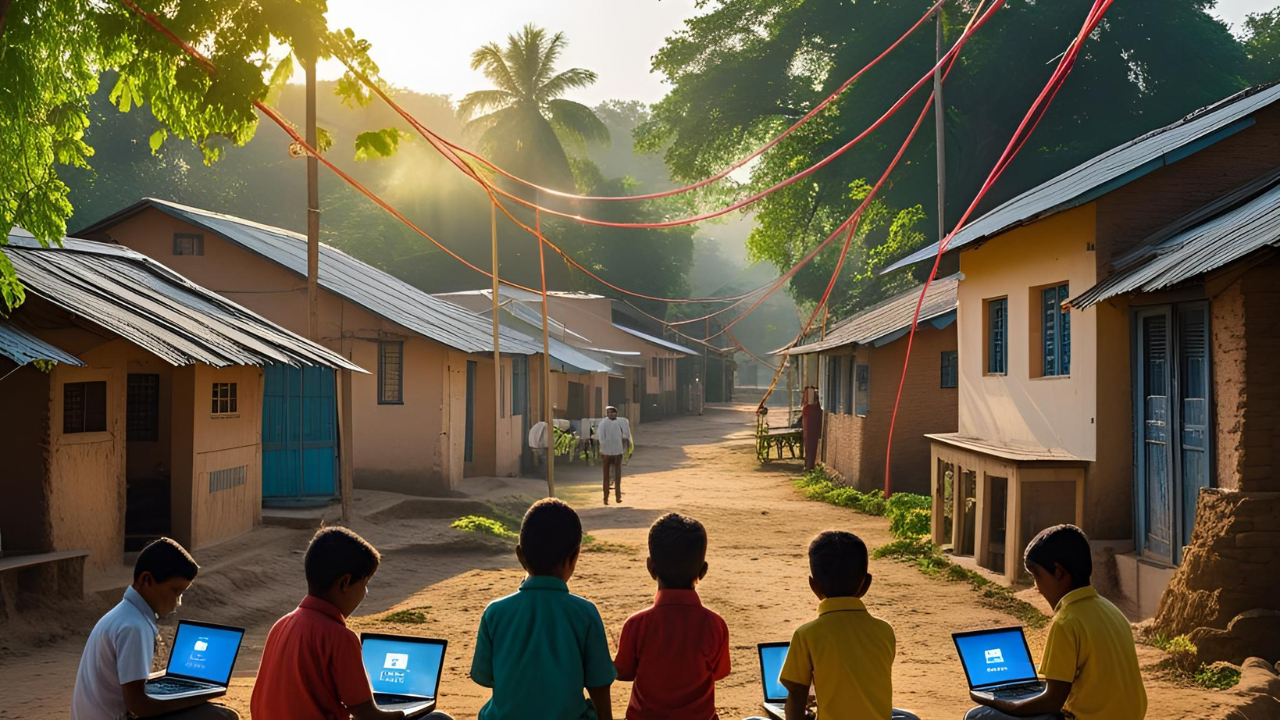India is on the brink of a major digital transformation. Plans are underway to connect 6 Lakh villages with high-speed optical fibre broadband within the next three years. This bold move, under BharatNet Phase 3, marks a quantum leap towards closing the rural connectivity gap and empowering communities across India.
BharatNet Phase 3: Connecting Every Village
With an outlay of ₹1.39 lakh crore, the government plans to connect all 2.5 lakh gram panchayats and surrounding villages with optical fibre cable (OFC). In the next 36 months, BharatNet Phase 3 will set the stage for high-speed internet in India's most remote areas.
Powering the Digital Economy Beyond Metro Hubs
Delivering reliable broadband across rural India paves the way for Global Capability Centers (GCCs) to expand into Tier 2 and Tier 3 cities. With 99.6 percent of GCC regions already covered by 5G, only two districts remain unserved, therefore, this fiber rollout comes at a pivotal time. Crucially, the plan includes OFC (Optical Fiber Connectivity) to mobile towers—a strategic step in preparing India’s mobile networks for 6G.
Also Read : Tesla Finally Lands in India—But at Twice the US Price?
Why This Matters for Telecom Operators
This move is in sync with the National Broadband Mission 2.0 (2025–30), which aims to fiberize 270,000 more villages and ensure 100 Mbps broadband speeds across the country by 2030. For telecommunications operators, BharatNet Phase 3 is not just infrastructure—it presents an opportunity to remake the rural digital landscape, innovating backhaul and access models, and securing strategic positioning in a booming broadband market.




